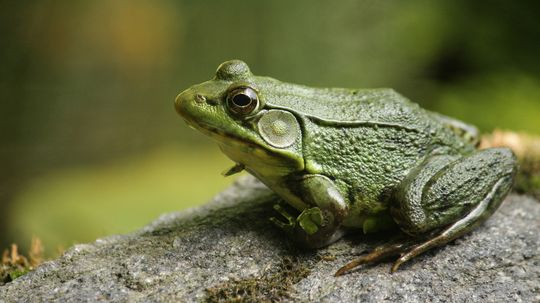Exploring the Intricacies of Cultivating Plants in Specific Regions
A Unique Approach to Horticulture
Regional gardening is a fascinating practice that involves cultivating plants and crops specifically suited to the environmental conditions of a particular region. This approach takes into account various factors such as climate, soil composition, and native plant species to create thriving gardens that are both sustainable and visually appealing.
The Role of Scientific Research
Scientific research plays a crucial role in understanding the intricacies of regional gardening. By studying local ecosystems, researchers can identify which plants naturally thrive in specific regions and determine their unique requirements for optimal growth. This knowledge allows gardeners to select suitable plant varieties and implement effective cultivation techniques.
The Importance of Climate Considerations
One key aspect of regional gardening is considering the climate patterns prevalent in a particular area. Understanding temperature ranges, rainfall levels, and seasonal variations helps gardeners choose plants that can withstand these conditions without excessive intervention or artificial support systems. By aligning with nature’s rhythms, regional gardens can flourish while minimizing resource consumption.
Sustainable Soil Management Techniques
An essential component of successful regional gardening lies in maintaining healthy soil quality. Gardeners employ scientific methods such as soil testing to analyze nutrient content, pH levels, and organic matter composition. Based on these findings, they can then amend the soil appropriately by adding organic fertilizers or compost to ensure optimal growing conditions for their chosen plant species.
Cultivating Biodiversity through Native Plant Species
Incorporating native plant species into regional gardens not only enhances biodiversity but also promotes ecological balance within an ecosystem. Native plants have adapted over time to thrive in specific environments without requiring extensive maintenance or chemical interventions. By prioritizing the use of native species, gardeners contribute to the preservation of local flora and fauna while creating sustainable habitats for various organisms.
Conclusion
Regional gardening is a scientific approach that combines knowledge of local ecosystems, climate considerations, soil management techniques, and biodiversity conservation. By harnessing this understanding, gardeners can create thriving gardens that harmonize with their surroundings while minimizing environmental impact. Embracing regional gardening practices not only enhances the beauty of our landscapes but also contributes to a more sustainable future for generations to come.



